Lotions vs Creams: The Cosmetic Chemistry of Natural Skincare
In the world of botanical skincare, texture is more than skin deep. It’s a bridge between formulation chemistry and sensory experience. It’s a delivery strategy. By understanding how lotions and creams differ at the molecular level, you can match each formula to your chosen ingredients, your skin’s needs, and the ritual you crave.
In this mini-series, we’re zeroing in on the key ingredients that differentiate lotions from creams. Think of this post as your botanical ingredient map—no full recipes yet, just the building blocks you’ll layer into each formula. In the next installment, we’ll explore precise methods for infusing, decocting, and integrating your favorite herbs into these textures.
Water Phase Ingredients
Background The water phase forms the foundation of any emulsion. It carries water-soluble plant compounds—flavonoids, tannins, polysaccharides—deep into the skin’s upper layers. Infusions and hydrosols capture delicate aroma compounds and herbal actives without harsh solvents, while decoctions draw out heavier polysaccharides and mucilage for richer skin feel.
Lotions
65–80% herbal infusion or hydrosol (chamomile, green tea, calendula)
Delivers light flavonoids, tannins, and antioxidants
Supports fast absorption and non-greasy finish
Creams
50–65% herbal decoction or hydrosol (aloe vera, marshmallow root)
Provides mucopolysaccharides and soothing polysaccharides
Enhances barrier support and longer-lasting hydration
Humectants: Moisture Magnets
Background Humectants are hygroscopic molecules that attract water from the environment and the deeper layers of skin, helping to maintain hydration in the stratum corneum. They bolster your formula’s water-holding capacity and prevent rapid evaporation, which is especially valuable in lightweight lotions.
Key Humectants
Glycerin (3–5% in lotions; 3–7% in creams)
Propanediol (3–5% in lotions)
Sodium PCA (3–7% in creams)
Roles
Bind and lock water in the skin
Improve spreadability and skin feel
Reduce tackiness when balanced correctly
Oil Phase & Plant Butters
Background The oil phase imparts slip, nourishment, and skin barrier support. Oils vary by molecular weight and fatty acid profile—light oils absorb quickly, while richer oils and butters provide occlusion, improving skin smoothness and sealing in moisture.
Lotions: Lightweight Oils
Jojoba oil (similar to skin sebum)
Grapeseed oil (high in linoleic acid)
Typical usage: 8–15%
Creams: Rich Oils & Butters
Rich oils (rosehip, avocado) 10–15% for essential fatty acids and sterols
Butters (shea, mango, cocoa) 5–10% for occlusion and luxurious texture
The oil phase is a great place to incorporate herbal medicine! Try infusing your oils with medicinal herbs, check out my guide on how to infuse oil and butters.
Emulsifiers & Thickeners
Background Emulsifiers stabilize oil-in-water systems by reducing surface tension between phases, while thickeners build viscosity and suspension, ensuring a uniform texture. The choice of emulsifier dictates the emulsion type and sensory profile, and thickeners help fine-tune spreadability and body.
Lotions
Emulsifiers: Polyglyceryl-4 stearate, glyceryl stearate SE (3–6%)
Thickeners: Xanthan gum, hydroxyethylcellulose (0.2–0.5%)
Creams
Emulsifying system: Cetearyl alcohol + emulsifying wax (5–8%)
Thickeners: Stearic acid, cetyl alcohol (1–3%)
Occlusives & Emollients
Background Emollients soften and fill microscopic skin gaps, while occlusives form a protective film to prevent transepidermal water loss (TEWL). Balancing the two creates formulas that feel smooth and maintain long-term hydration.
Lotions
Fatty alcohols (cetyl, cetearyl alcohol) 1–3% for subtle emollience and stability
Creams
Advanced occlusives: Squalane, hydrogenated polydecene (2–5%)
Butters and hydrogenated oils for an occlusive, velvety finish
Preservatives & pH Balance
Background An effective preservative system safeguards your formula from microbial contamination, while chelators bind metal ions that can catalyze oxidation. Maintaining a skin-friendly pH (5.0–6.0) ensures preservative efficacy and minimizes irritation.
Key Components
Broad-spectrum preservatives: Phenoxyethanol, ethylhexylglycerin (≈1%)
Chelator (creams): EDTA (0.1–0.5%)
Target pH: 5.0–6.0
Lotions vs. Creams: Key Differences and When to Choose Each
When deciding between a lotion and a cream, think first about texture, occlusion, and your skin’s needs. Lotions are lightweight, absorb rapidly, and leave a non-greasy finish, making them ideal for daily, all-over hydration. Creams, by contrast, deliver richer emollience and form a semi-occlusive barrier, supporting deeper repair and prolonged moisture retention. Below, explore the hallmarks of each texture and guidance on selecting the right one for your skin type, climate, and ritual goals.
Key Differences
Texture and Feel
Lotions feel light, snap to the touch, and vanish quickly.
Creams feel luxurious, glide on richly, and linger on the skin.
Emulsion Structure
Lotions are high-water, low-oil emulsions, perfect for water-soluble actives.
Creams balance water and oil (plus butters), enabling delivery of both hydrophilic and lipophilic compounds.
Occlusion and Barrier Support
Lotions offer minimal occlusion—great for humid climates or layering under richer products.
Creams provide a protective film that locks in moisture, ideal for dry or compromised skin barriers.
Check out my Herbal Recipe Book this week for two recipes, one for a lotion and one for a cream to dive deeper into the differences between the two!
When to Use Which
Reach for a lotion when: • You have normal to oily skin or when greasiness feels uncomfortable. • You live in warm, humid environments that favor lighter formulations. • You need a quick-absorbing base for layering serums or oils.
Reach for a cream when: • You have dry, mature, or sensitive skin that craves extra nourishment. • You’re in cold, arid conditions where transepidermal water loss is high. • You seek an overnight or ritual product that supports barrier repair and sustained active delivery.
Considerations:
Do you crave invigoration or grounding?
Is your ritual about activation or restoration?
What does your nervous system and skin biome need today?
Up Next: Botanical Integration Techniques
Next, we’ll get hands-on with infusion, decoction, and maceration methods to load these bases with herbal potency—plus tips on color retention, aroma profiling, and stability troubleshooting. Stay tuned! If you like ingredient and cosmetic science deep dives like this check out my Botanical Ingredient Guide!


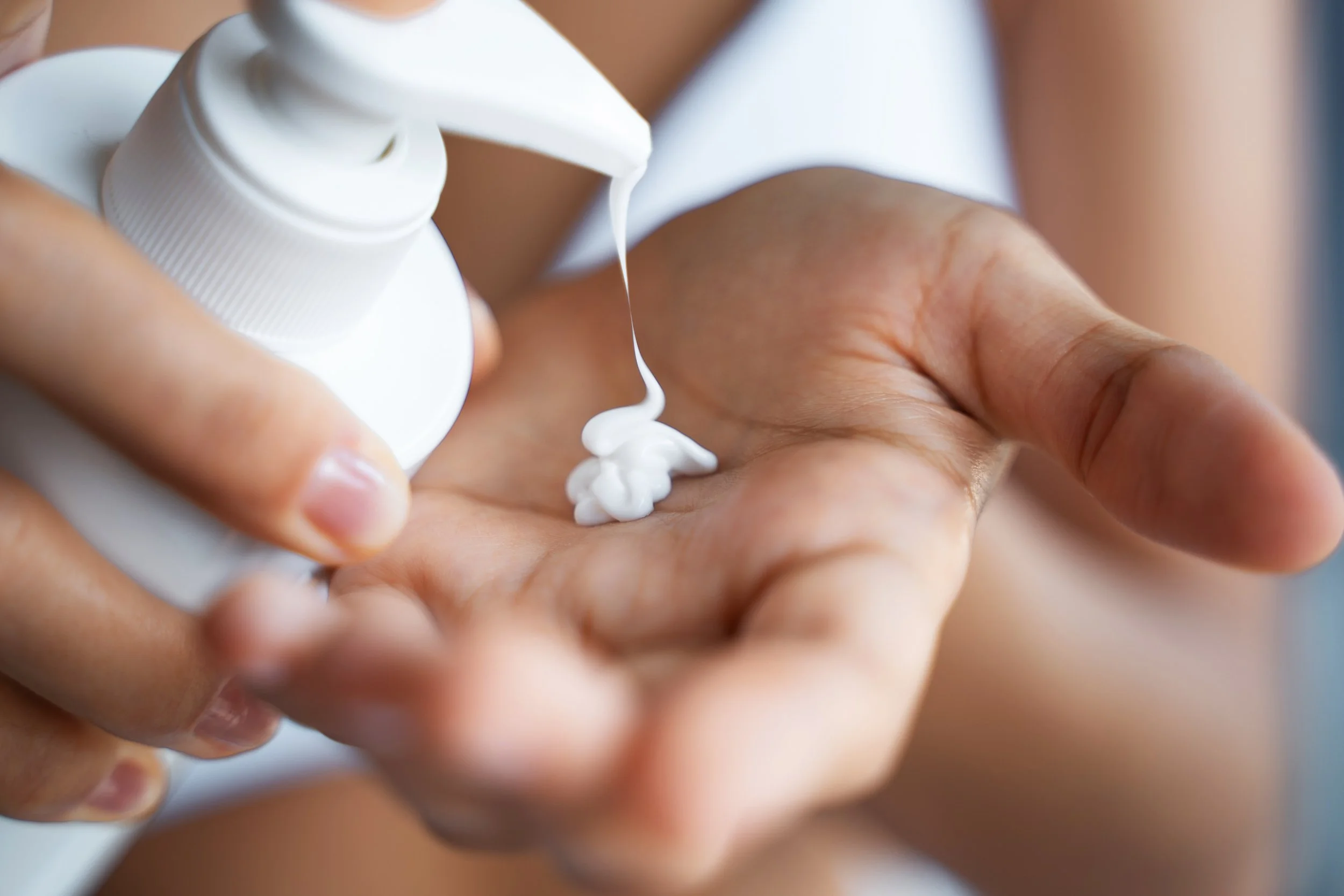
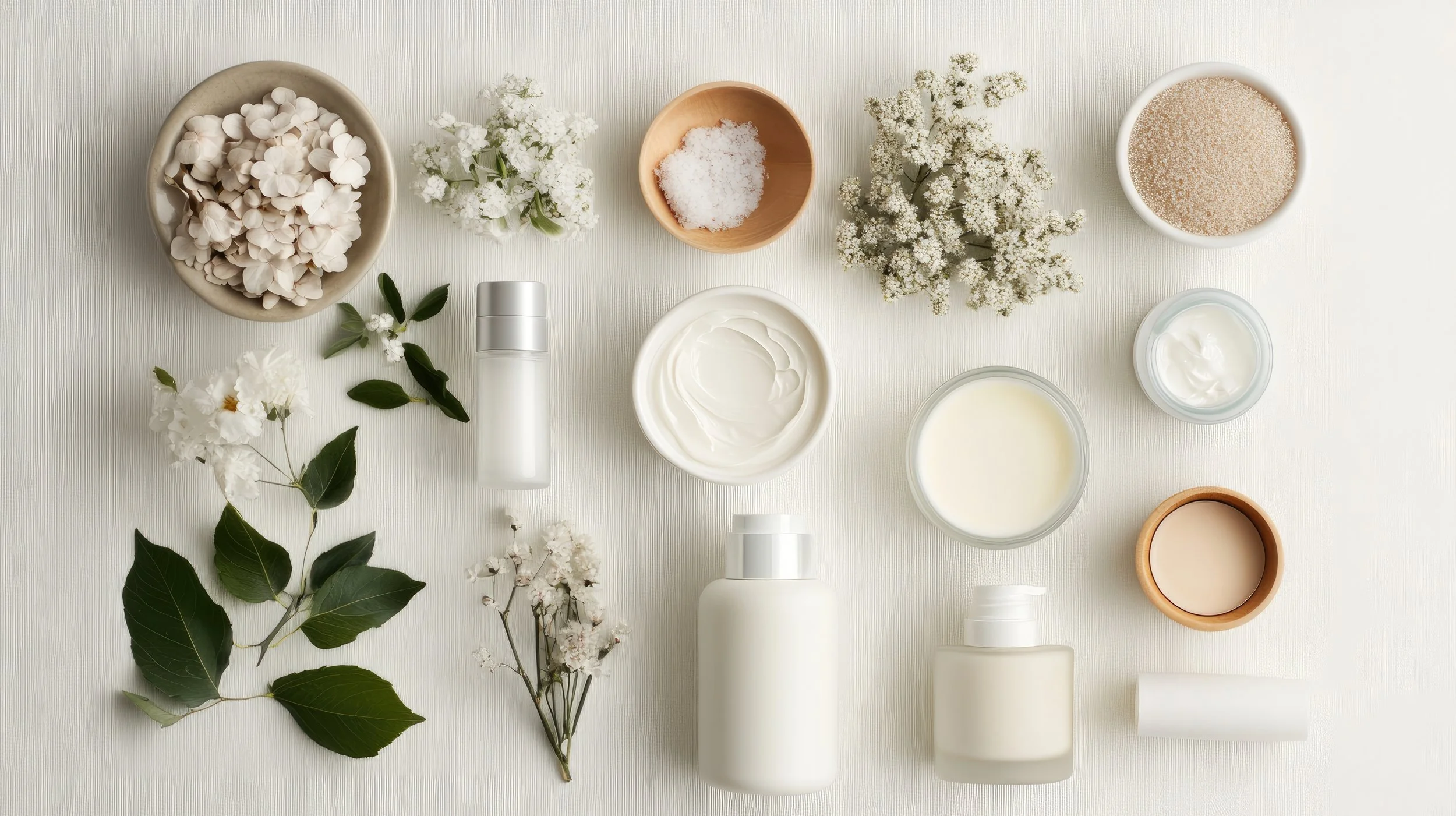

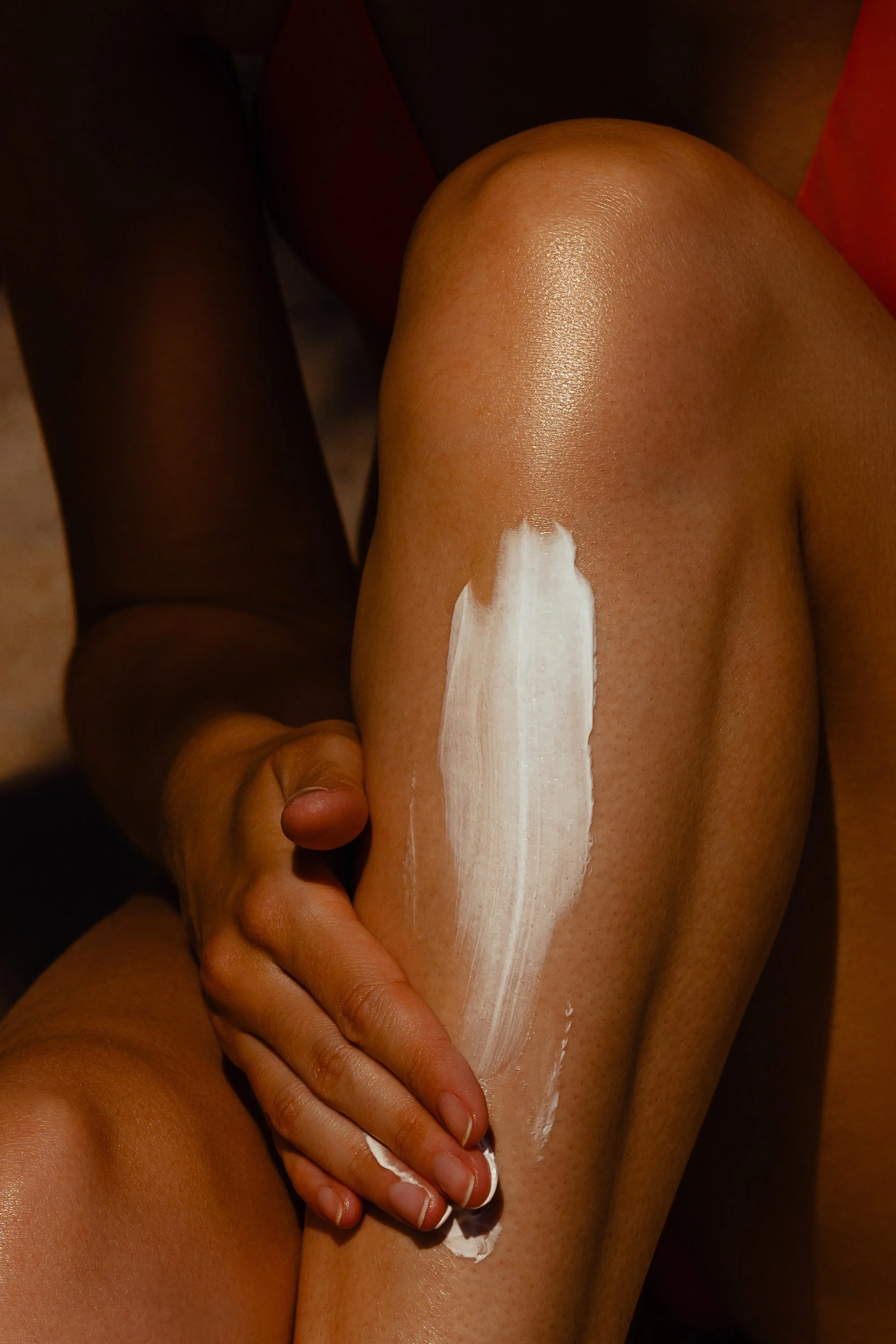






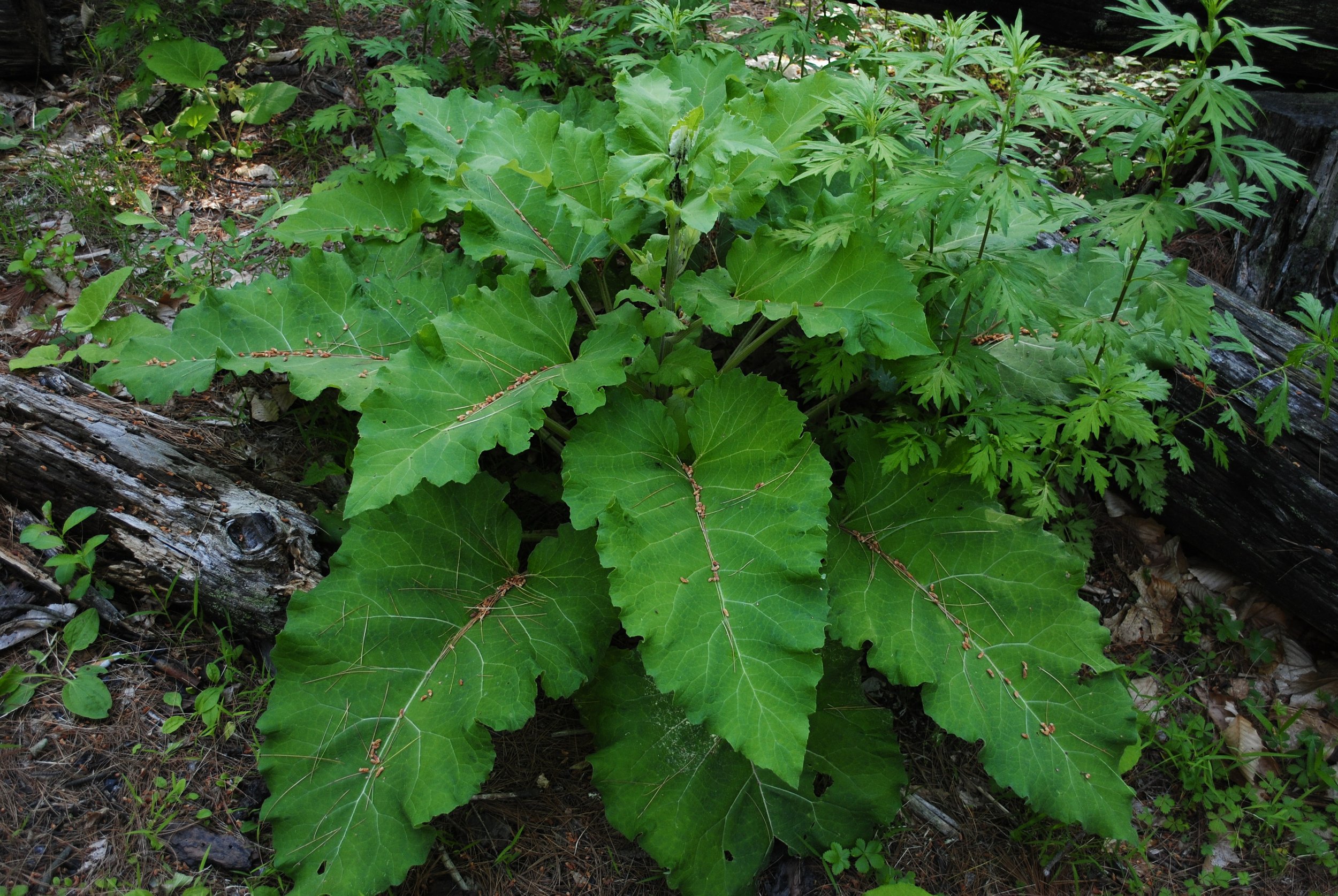
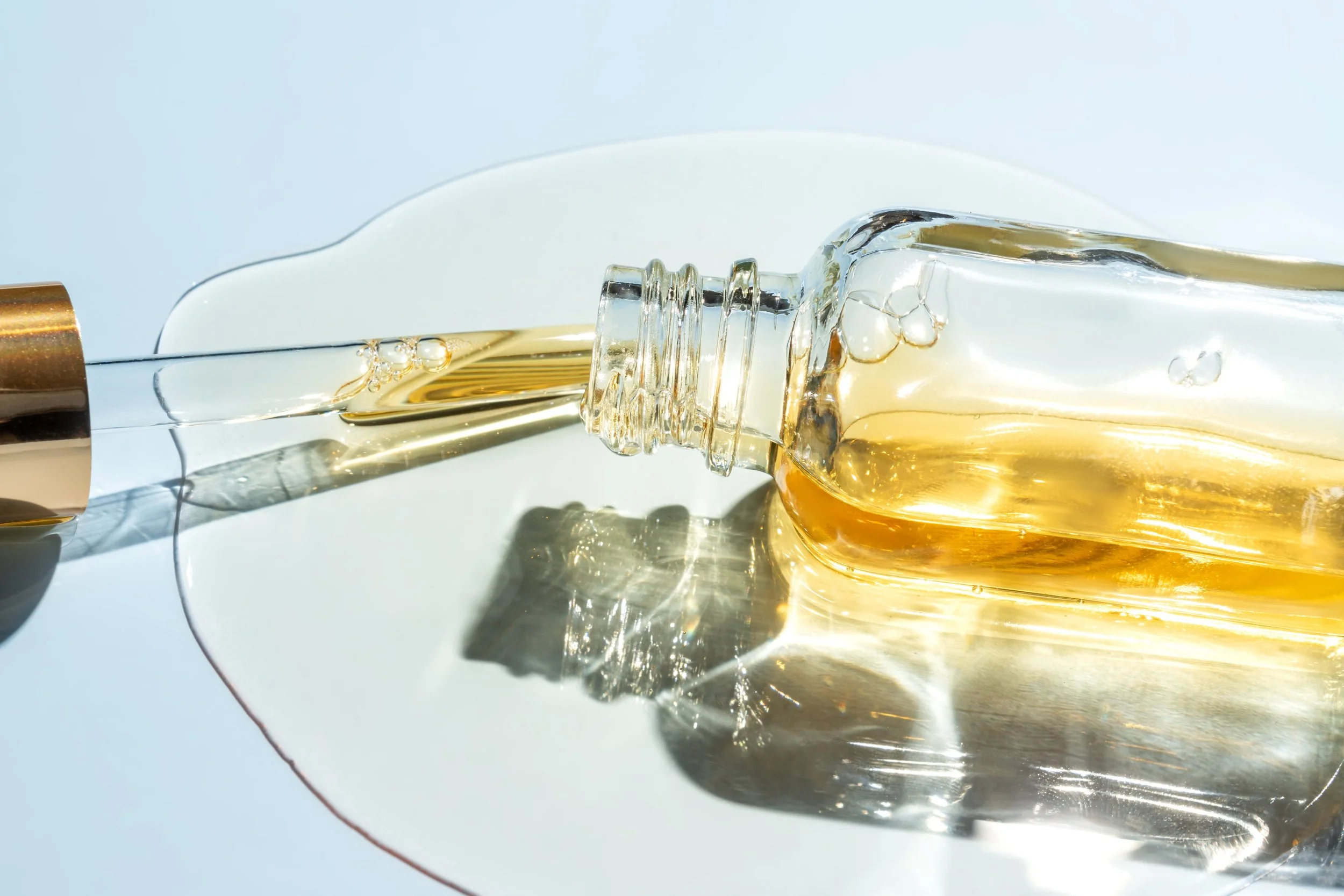


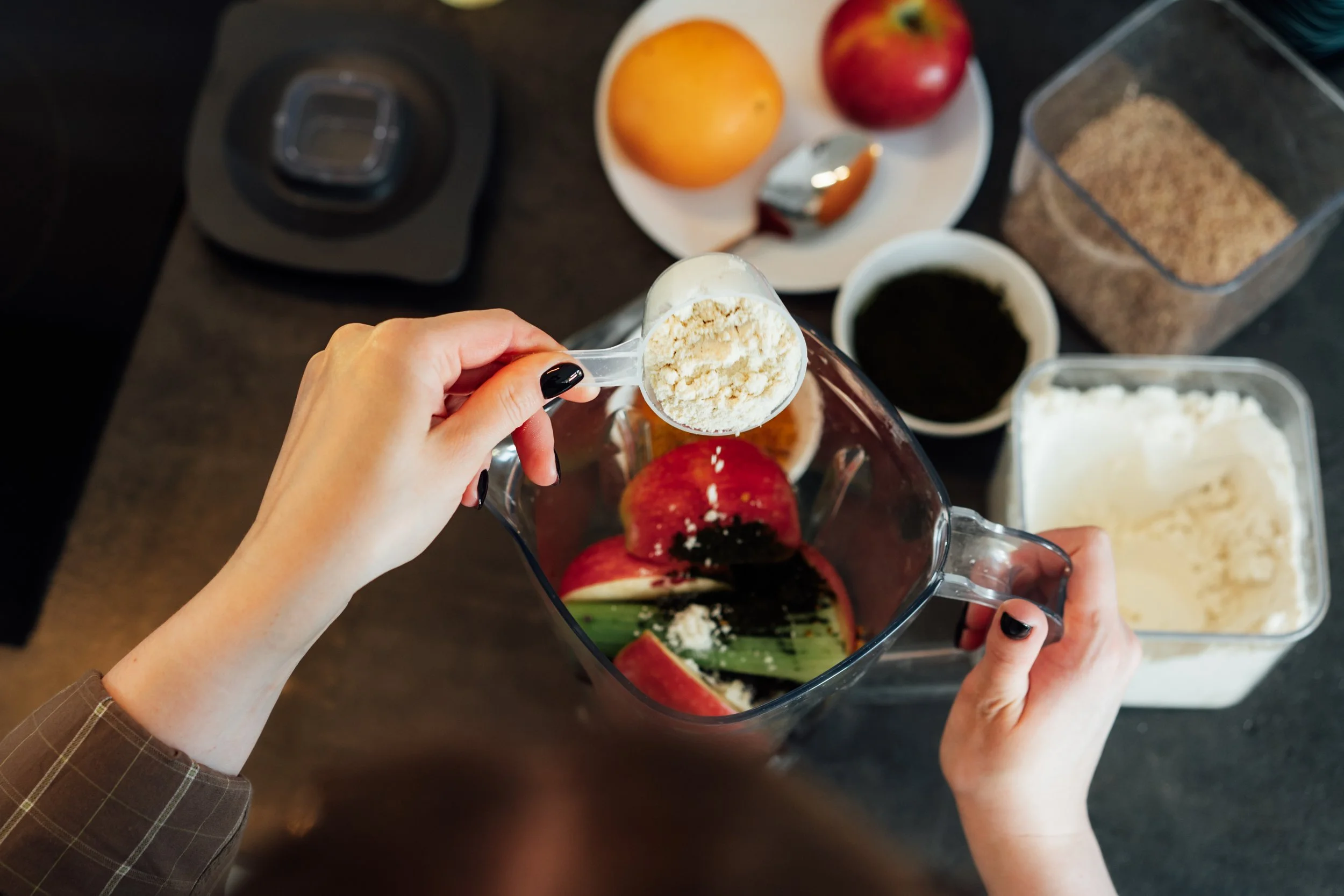



Hello and welcome! I'm Eve, a Chemist turned Herbalist, sharing the wonders of plant medicine and botanical skincare. Join me on this journey to Learn, Create, and Align your Divine!